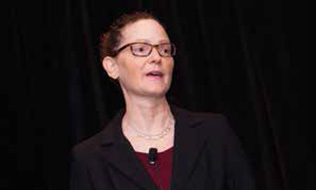
As the trend toward defined contribution pension plans continues to take shape, concern is growing over the potential for investors’ behavioural biases to affect their retirement outcomes.
Behavioural bias can often manifest itself as being overly confident, said Lisa Kramer, a professor of finance at the University of Toronto. “Investors often think they know best,” she said. “They think they can beat the market or pick the right stocks better than their neighbours can.”
Bias towards the status quo is another hurdle to saving for retirement. “It’s the tendency for people to keep doing what they’ve been doing,” said Kramer. “These investors will not be inclined to change their investment mix over time, nor will they change their contribution rate.”
Read: A closer look at life-cycle investing
As Kramer pointed out, defined contribution investment options have already adapted to human nature. Many plans, for example, incorporate target-date funds as a tool to help members overcome behavioural obstacles.
Target-date funds can help to effectively manage psychological tendencies, such as chasing performance, said Kramer. “Target-date funds have been developed to help investors do things that are in their best interest. TDFs, by their very nature, don’t allow investors to get bogged down in frequent trading or moving between stocks or individual stocks, buying high and selling low.”
Read: What is target return investing?
Kramer also stressed the need for plan designs to deal with investor inertia. When faced with the prospect of joining a savings plan, making contributions and deciding on investments, many employees chose to do nothing at all. “Even when there’s an employer-matching program in place, the participation rate can be quite dismal,” said Kramer. “People leave money on the table when they don’t participate.” Inertia can be helpful, however, when it comes to features such as automatic enrolment. A specific default contribution rate can provide an additional boost as well.
“People are reluctant to deviate from that number,” said Kramer. “If someone wasn’t going to participate in the first place, now they will be contributing a certain per cent by default, which in many cases is more than what they would have.”
Read more articles from the 2016 DC Investment Forum
